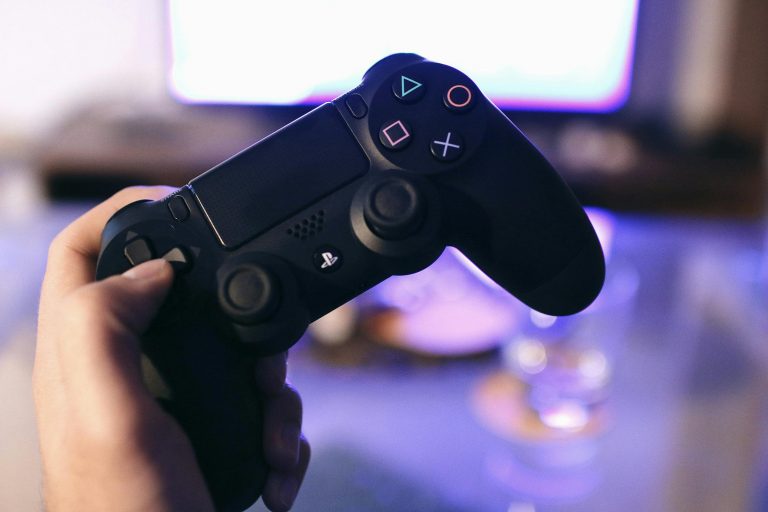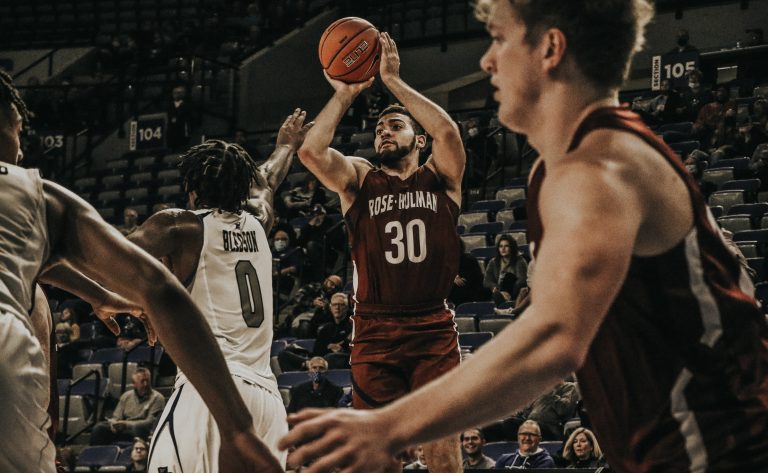Asians in Baseball: The Difficult Journey to Enter the Majors
Asian Americans and Asian international players are highly underrepresented in Major League Baseball (MLB). This article explores the lack of representation and what the MLB needs to do to bring more talent into the sport.
Sadaharu Oh currently holds the world’s home run leader record at 868 and is a two-time triple crown winner, one of the only players in the world to do so. He played for the Nippon Professional Baseball (NPB) in Japan, a league that has given rise to world-class athletes. Some NPB and the Korean Baseball Organization (KBO) players pursue Major League Baseball (MLB) careers. These players include Yu Darvish, Ichiro Suzuki, Ji-Man Choi, and MVP pitcher and star hitter Shohei Ohtani.
History of Asians in Baseball
Americans introduced baseball in Japan in the 1870s, and soon, Japan and other Asian countries started their baseball leagues. First-generation Japanese immigrants (issei) in the United States introduced Japanese immigrant baseball leagues. Amid the political tension against Asian Americans during World War II, these leagues allowed players to find a common identity throughout the injustice.
Jackie Robinson’s signing into the MLB in 1947 brought a dramatic shift in signing more African Americans and Latino players into the league. Likewise, more Asian talent was signed starting in 1956 with Bobby Balcena.
Asian Representation in MLB
In 2022, 24 Asian American players are in the MLB, and 12 more immigrated from countries like Japan, South Korea, Taiwan, and Hong Kong; this amounts to 1.9% of the league. 0.9% of NCAA Baseball players are Asian, a consistent statistic across collegiate sports.
Caveats of Asians in MLB
Posting System
Asian international players enter the MLB through the Posting System if they don’t fulfill the nine years of professional experience required for free agency. The posting only occurs for one month a year. If MLB does not recruit the player, he will have to remain in his league and wait another year.
If recruited, the MLB must pay the NPB or KBO team a release fee to allow the player to come to the United States before the nine years. This fee is 20% of the first $25 million, 17.5% in the next $25 million, and 15% in $50 million and up. In addition, there are restrictions on the international pool money for players under 25.
The player’s release is hard enough, making it less likely for MLB to find this venture worth the cost, lowering international Asian players’ chance to play for the MLB.
Lack of Player Recognition
MLB’s Asian player recognition is virtually nonexistent, with Balcena’s signing not officially acknowledged on any baseball database. Furthermore, the Baseball Hall of Fame has notoriously failed to recognize Asian talent, with no players ever inducted.
The Hall of Fame was introduced in 1939, a few years before the integration of the sport. The induction criteria are strict, with a requirement to play in MLB for at least ten seasons and no acknowledgment of the player’s success abroad. Asian players’ careers in MLB are often short because of the contractual difficulties, making them ineligible.
Language Barrier
With Ohtani’s current success, sports analyst Stephen A. Smith has claimed he should not be the face of the sport because he is not fluent in English. Like Ohtani, countless international players start their MLB careers with limited knowledge of English.
In the eyes of a few sportswriters and journalists, this makes them less appealing or marketable. The team’s willingness to invest in a translator will also impact the players’ public perception. For an Asian international player to become accepted requires significantly more work than American players, often rooting from xenophobia.
Racial Stereotypes
Asian Americans face discrimination through racially motivated stereotypes and attacks–hate crimes and Covid-19 related insults are some of the most recent examples. Harmful stereotypes such as believing Asians are biologically weaker and that they would be more successful in other careers further impact their willingness to participate. Asians are overrepresented in STEM-related professions accounting for 17% of the workforce.
What Is MLB Doing to Address This Issue?
Individual MLB teams have stood against Asian hate and have celebrated the Asian Pacific American Heritage Month during regular-season games. Furthermore, the MLB has made Ohtani the face of the sport. At the start of the 2022 season, a 30-second clip shows the faces of the sport, with Ohtani being the only one to speak. The MLB invited him to participate in the Home Run Derby in 2021 and television journalists commonly refer to him as “Shotime”.
However, the case of Ohtani is only the second example of a successful two-way player in MLB history. This begs the question of how much effort an Asian player must display to be recognized. The unfortunate reality of the lack of Asian players in the Hall of Fame may be broken with Ichiro Suzuki when he becomes eligible in 2025. Still, the MLB must do something else to bring more Asian talent and recognize their contributions to the sport.





